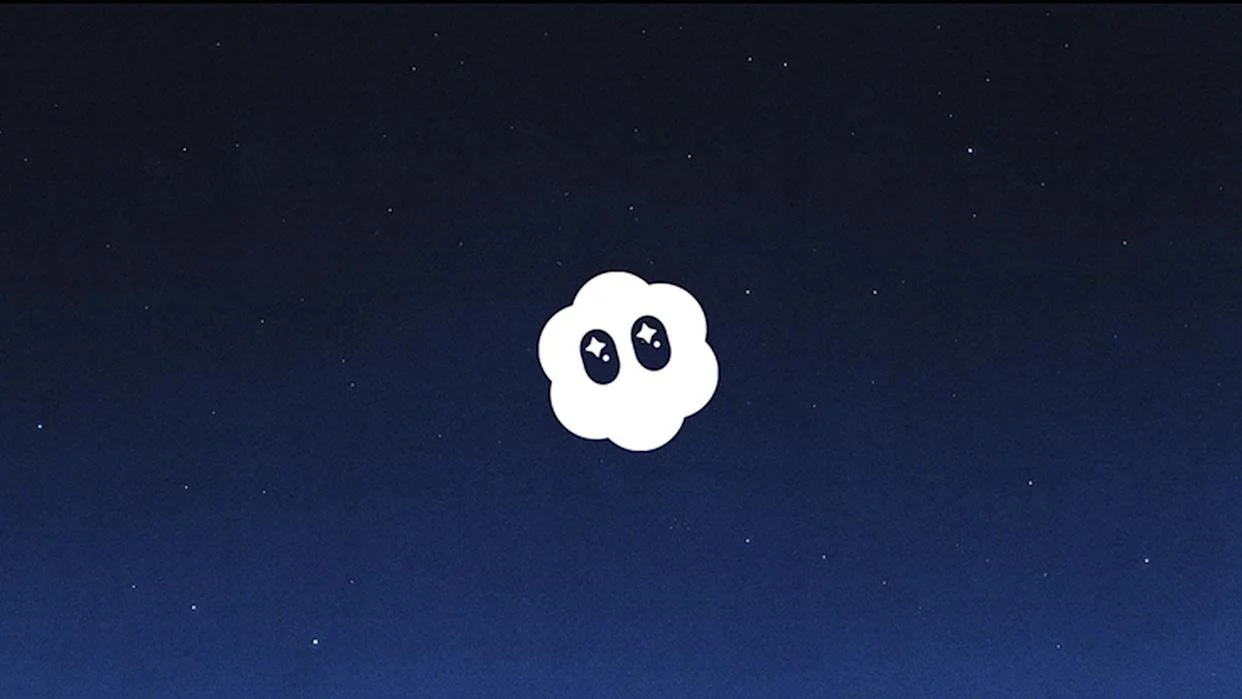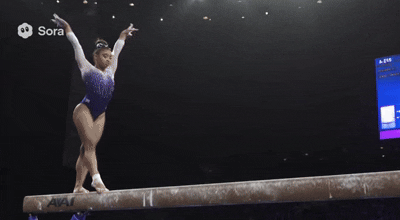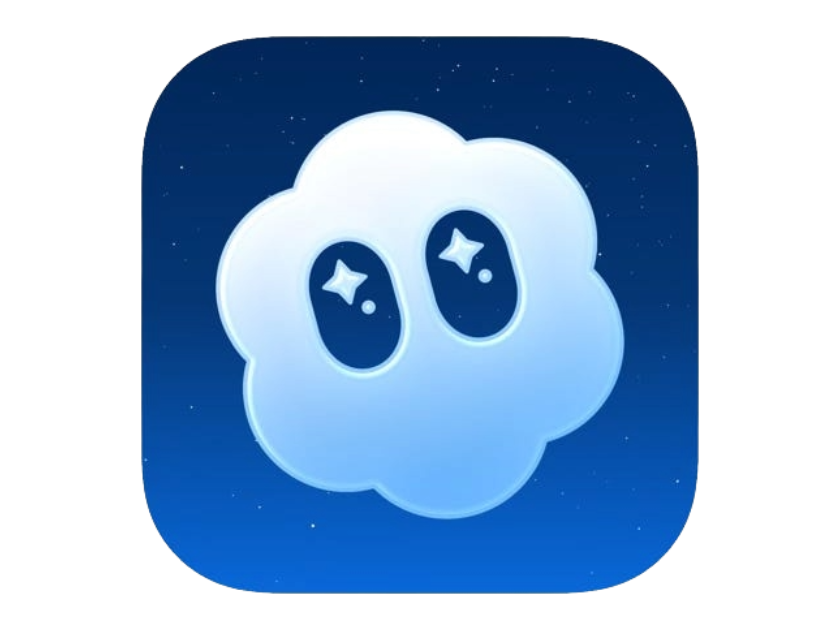AI TikTok is Here: Sora 2 Review
EDITORS' PICK
-
EDITORS' PICK -
TikTok has revolutionized “the scroll.” We take it for granted that every time we flick our thumbs across a small screen in the palm of our hand, a new short-form video is displayed, different with every scroll, never letting you know what you’ll see next. Scroll after scroll after scroll after scroll after—you get the point. Some think the scroll is bad, and it reduces our attention span, which is true, but that’s a talk for another time. For now, OpenAI has taken on the scroll and created their own short-form media app, Sora. But Sora’s videos aren’t like other apps’ videos. Every scroll is a new, entirely AI generated video with dialogue and insanely realistic renders of real people, including yourself. Scared? You should be. Read this article to find out how Sora is changing the way we perceive what’s real and what’s fake.
Sora 2 is OpenAI’s latest video generation model, capable of creating much more realistic, physically accurate, and more customizable videos than its predecessor, Sora, which was originally released in early December of 2024. Sora 2 takes the place of the original Sora and comes in the form of an app, currently available for download on the Apple App Store. However, you won’t be able to use Sora 2 right away after downloading the app. For now, Sora 2 is invite only, so you’ll need an invite code from someone who already has access.
The biggest advancement that Sora 2 brought with it is called Cameos. With Cameos, you can create a fully AI-generated video of yourself or your friends in any environment, doing any-thing, within the guidelines obviously. These videos can also use the person’s voice, which is generated during the setup process when you record a short video of yourself saying three random numbers and rotating your head to capture all your facial features. With just those three random numbers and a short facial capture, Sora 2 can make you say full sentences and give you realistic expressions based on the user’s prompt. You are in full control of who gets to use your Cameo, whether it be completely private or available to everyone, with other options like choosing which people are approved to use it, or simply your friends list. Here’s a couple examples of my own Cameo.
Sora 2 also brings voice abilities to its videos. Voices can either be the voice of a selected person’s cameo or a completely different, fully AI-generated voice, which sounds surprisingly good.
Another big advancement with Sora 2 is physics. Previously, when asking Sora 1 to generate a physically intensive video, like someone doing a backflip, the movements and overall body of the person would look very unrealistic and it would not even be recognizable that the person was doing a trick. OpenAI calls this flaw in previous models being “overoptimistic”. Knowing that the whole goal is to successfully execute a prompt, previous models don’t pay close enough attention to specific objects that influence the scene. For example, if a basketball player misses a shot in Sora 1, the ball might spontaneously teleport to the hoops. Instead, if the shot is missed in Sora 2, the ball will accurately rebound off the backboard. Below is a comparison between Sora 1 (left) and Sora 2 (right), with the same prompt of a gymnast flipping on a balance beam.
Sora 2 has revolutionized the AI video generation industry with the addition of realistic voices as well as its ability to perfectly recreate a face. This gives us an idea of what could be released in the future–something that could come much faster than we expect. For right now, Sora 2 is only available on the Apple App Store, and access is invite only. You can read the official release article from OpenAI here and download the Sora app with the button below.



